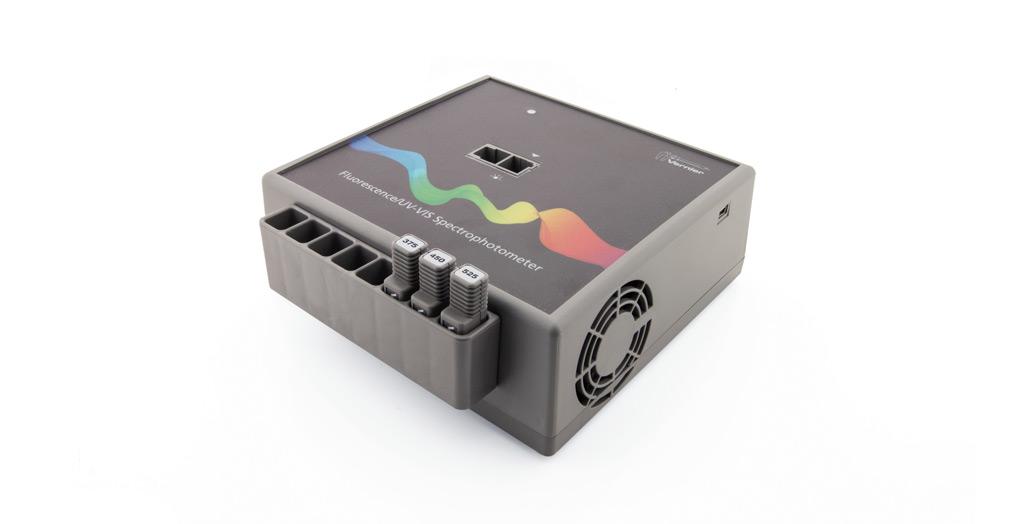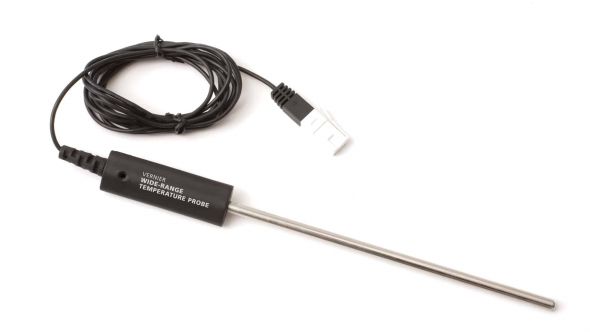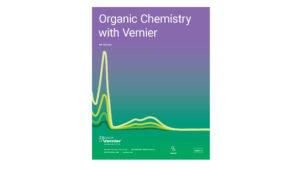Synthesis of Dibenzalacetone by Aldol Condensation
Experiment #19 from Organic Chemistry with Vernier
- Education Level
- College
Introduction
The aldol condensation is a reaction between two aldehydes or ketones, catalyzed by a base or acid, generating a molecule having both alcohol and aldehyde functional groups. The aldol product is either a β-hydroxyaldehyde or a β-hydroxyketone. This reaction is an important synthetic mechanism that produces large molecules through the formation of carbon-carbon bonds. The product results from the addition of one molecule of an aldehyde or ketone to a second molecule in such a way that the α-carbon of the first molecule becomes attached to the carbonyl carbon of the second molecule.
Conjugation of the newly formed double bond with the carbonyl group stabilizes the unsaturated product and provides the thermodynamic driving force for the dehydration process. The overall two-step sequence of reactions involves aldol formation and dehydration.
The steps involve an acid-base reaction between a strong base such as the hydroxide ion and a hydrogen located α to a carbonyl group of the aldehyde or ketone. The acidity of the organic species is large relative to most hydrogens that are bonded to carbon due to the resonance stabilization of the enolate that is formed. The enolate attacks the carbonyl group and the aldol undergoes an acid-base reaction with the remaining acidic α-hydrogen, followed by the loss of OH– as a leaving group to give an enol. The net loss of H+ and OH– represents the loss of water, therefore the term aldol condensation.
In this experiment, you will run an aldol condensation between benzaldehyde and acetone. The product precipitates out of solution and can be collected by filtration. Melting temperature analysis will be used to characterize the product.
Objectives
In this experiment, you will
- Perform an aldol condensation between benzaldehyde and acetone.
- Purify the product by recrystallization.
- Characterize the product by melting temperature analysis and UV absorption.
Sensors and Equipment
This experiment features the following sensors and equipment. Additional equipment may be required.
Option 1
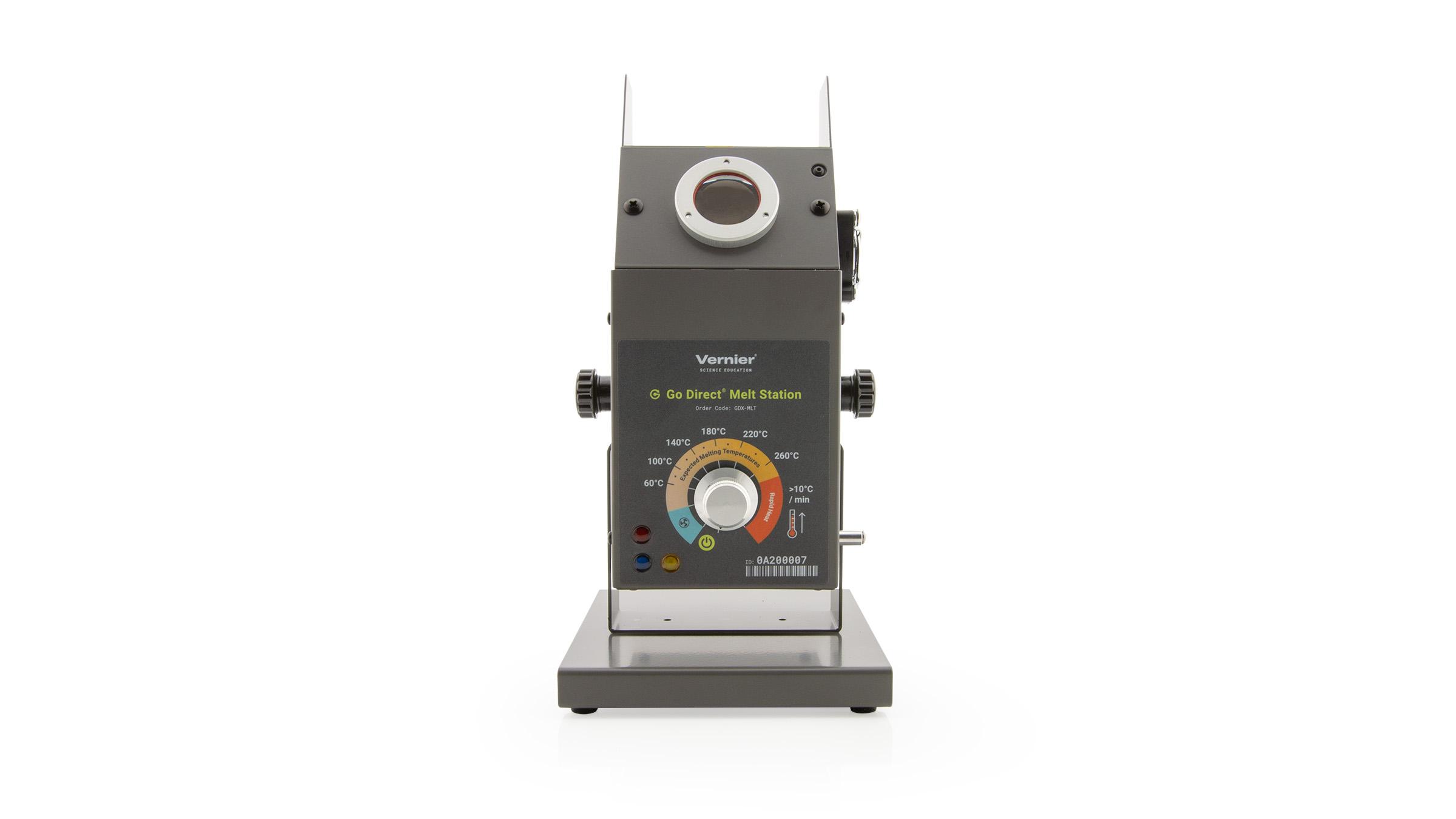


Option 2

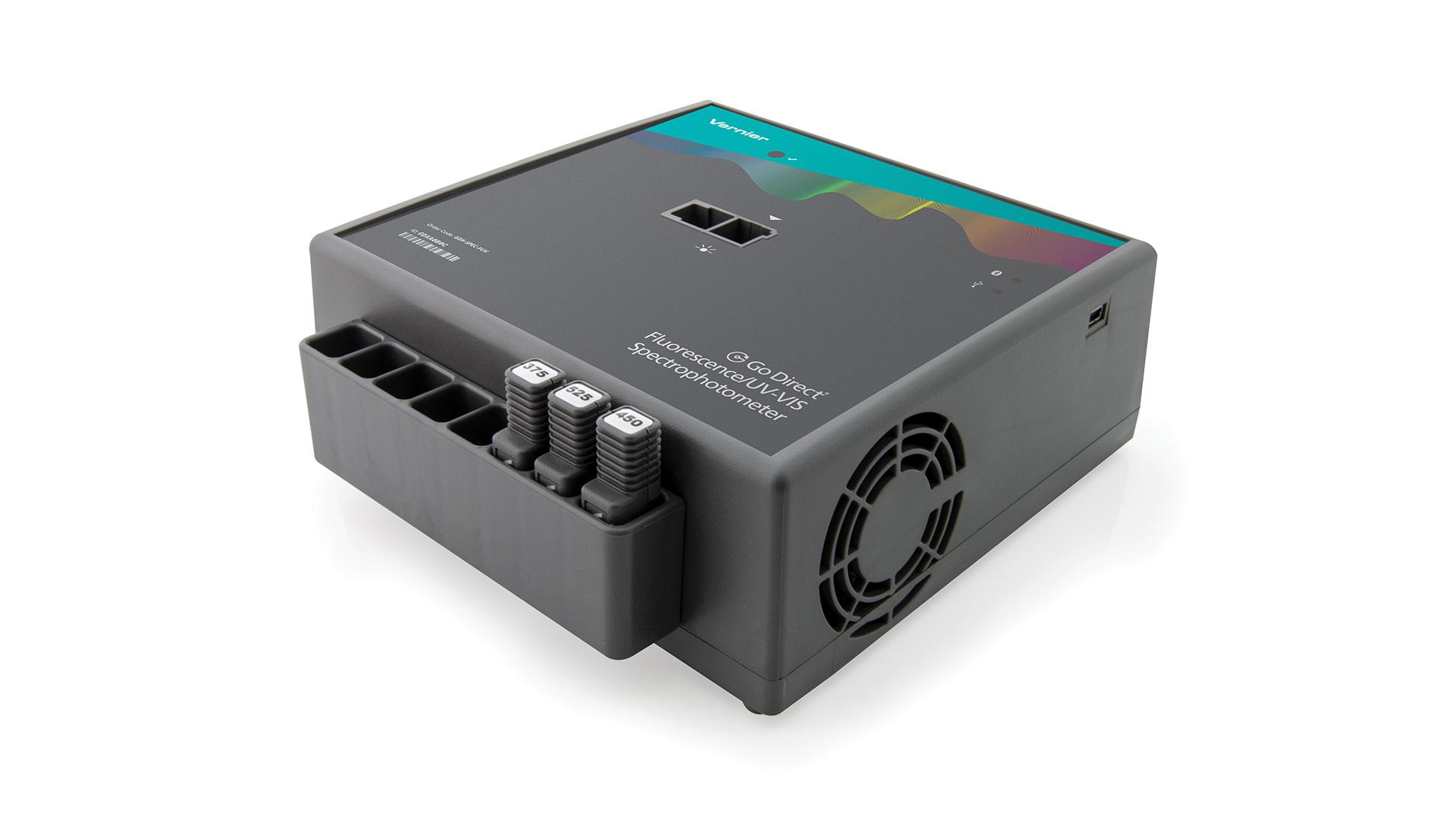

Ready to Experiment?
Ask an Expert
Get answers to your questions about how to teach this experiment with our support team.
- Call toll-free: 888-837-6437
- Chat with Us
- Email support@vernier.com
Purchase the Lab Book
This experiment is #19 of Organic Chemistry with Vernier. The experiment in the book includes student instructions as well as instructor information for set up, helpful hints, and sample graphs and data.

